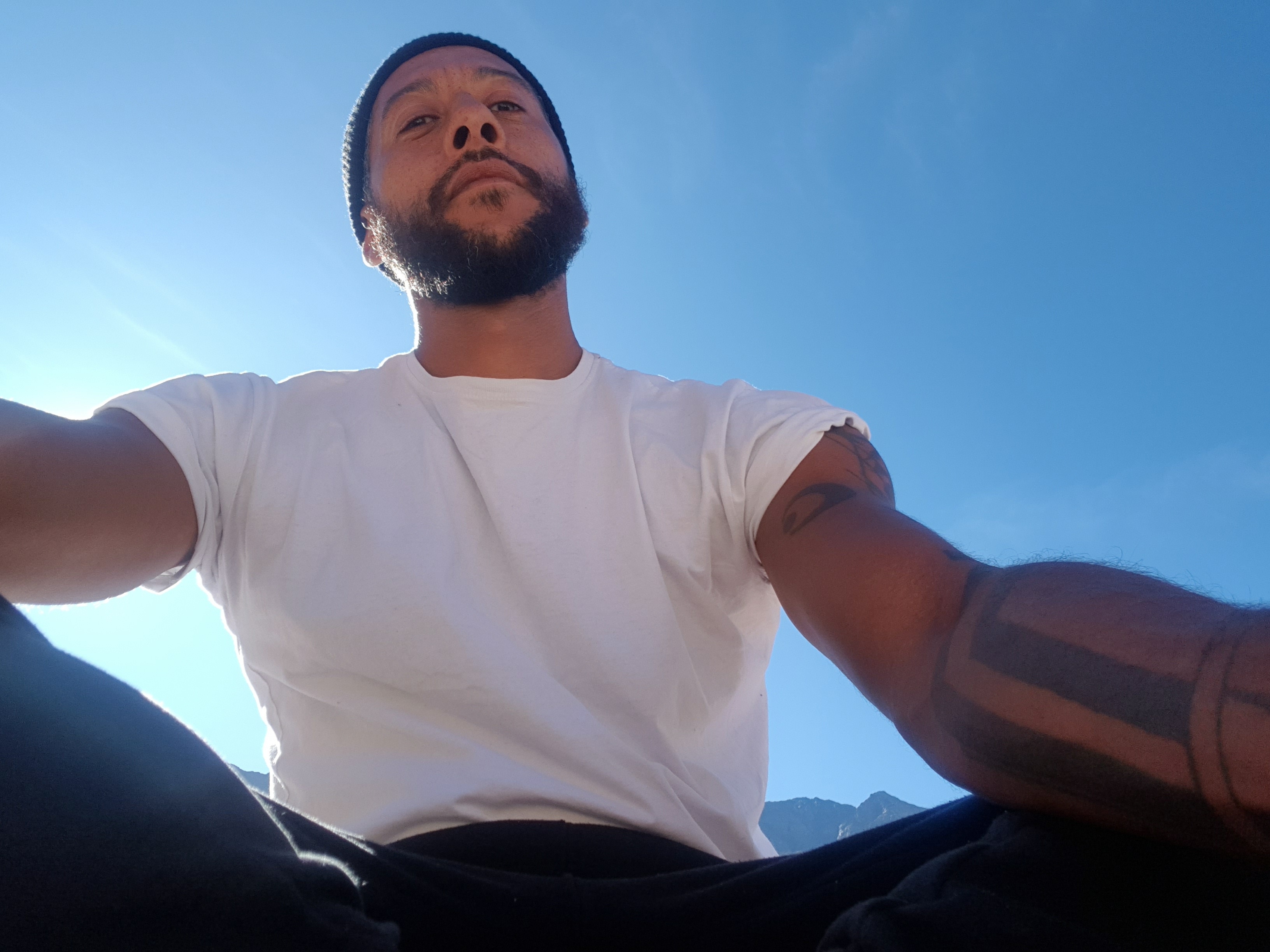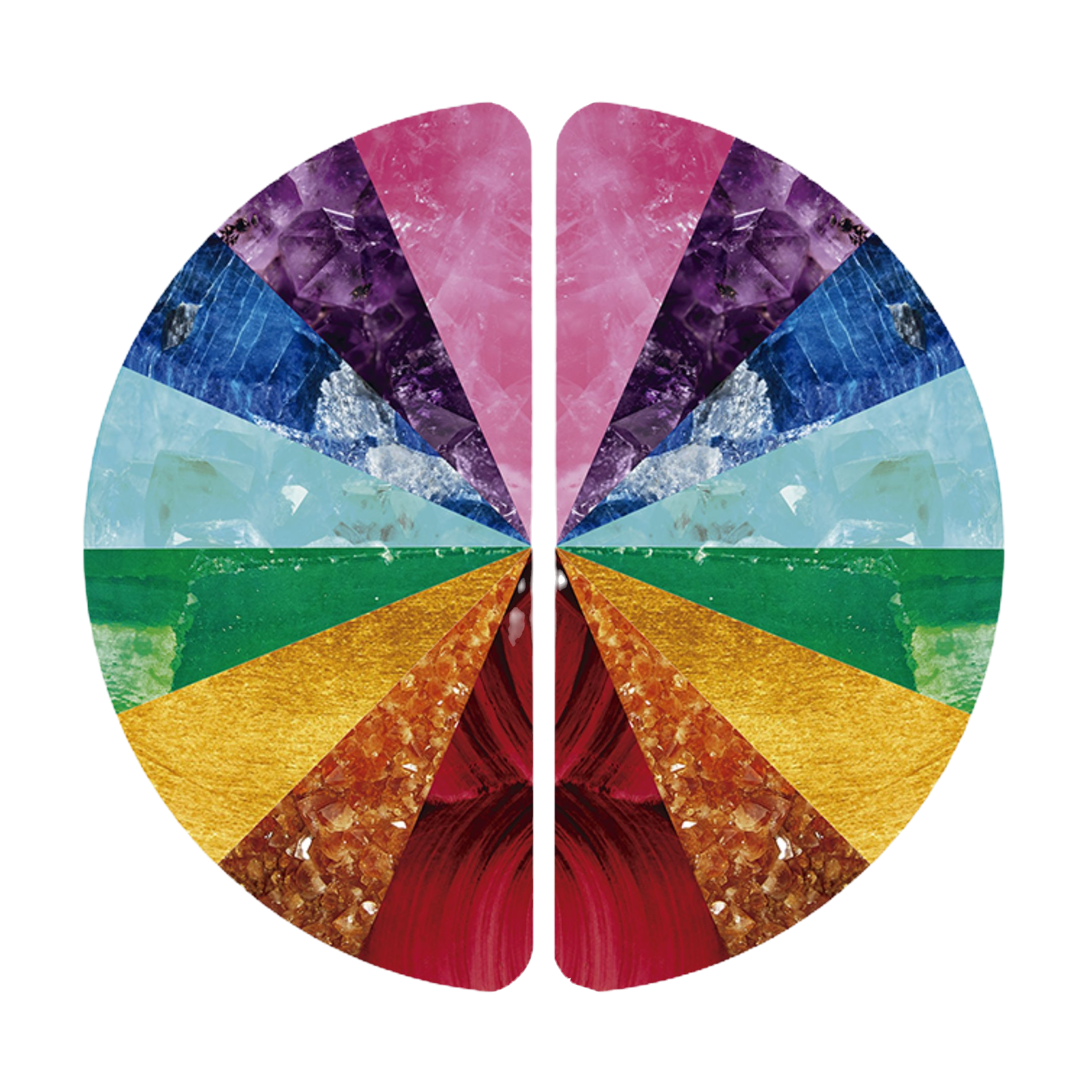Why Do Bad People end up in Bad Places
- Morris Monroe

- May 7
- 5 min read

At the heart of our experiences lie the complexities of what we define as "bad." It's more than just unpleasant feelings or negative attitudes—it's a culmination of hurtful actions, lack of empathy, and toxic ideologies that shape our perceptions and behaviors. But how do we arrive at these "bad" places in our lives, and what can we learn from these periods spent living in our shadows?
First let’s unpack the concept of "bad" to understand its multifaceted nature:
1. Unpleasant feelings encompass a spectrum of emotions that are uncomfortable, distressing, or damaging, ranging from sadness and anger to anxiety and despair. These emotions can stem from various sources such as past trauma, unmet needs, or unresolved conflicts.
2. Negative attitudes refer to pessimistic or cynical outlooks on life, oneself, or others. These attitudes can manifest as constant criticism, self-doubt, or a general sense of hopelessness, contributing to a negative mindset and overall dissatisfaction.
3. Hurtful actions are behaviors that cause harm, pain, or suffering to oneself or others. This can include physical violence, verbal abuse, manipulation, or any form of mistreatment that violates personal boundaries or undermines well-being.
4. Lack of empathy towards others involves an inability or unwillingness to understand or relate to the feelings, experiences, or perspectives of others. It reflects a disregard for the emotions and needs of others, often resulting in callous or indifferent behavior.
5. A chaotic lifestyle is characterized by disorganization, unpredictability, and instability in various aspects of life, including relationships, work, and personal routines. This may result from impulsivity, irresponsibility, or an inability to set and maintain healthy boundaries.
6. Toxic ideologies refer to belief systems or worldviews that promote harmful or destructive behaviors, attitudes, or values. These ideologies can perpetuate discrimination, intolerance, or violence towards certain individuals or groups, leading to societal divisions and injustices.
7. Maladaptive intentions involve actions or intentions that are counterproductive or harmful to oneself or others. This may include self-sabotage, seeking revenge, or pursuing goals at the expense of others' well-being, ultimately hindering personal growth and fulfillment.
When a child experiences internal distress, it can stem from various sources, including trauma from abandonment, separation, neglect, or abuse. Even events that induce fear, such as those depicted in media, can contribute to this emotional turmoil. These experiences create layers of emotional contraction, compounding the initial wounds left unprocessed.
In my own upbringing, I grappled with feelings of abandonment, racism, neglect, criticism from adoptive parents, and intimidation from bullies, all of which fostered a negative inner dialogue. Some children create imaginary friends to help them process their feelings, while others internalize external ideas, shaping their inner voice.
My unprocessed feelings and the internalization of others' hate, shame, and ignorance left me vulnerable to suicidal ideation. I vividly remember, at age 7 or 8, consuming a full bottle of sibling's cough medicine in an attempt to escape the pain. This led to hospitalization for the remainder of the evening. At the core of this behavior was a deep sense of not wanting to be present in the life I was experiencing. These feelings were beyond my capacity to process or comprehend. The closest my child self could get to the truth of "I don't want to be here" was the belief that "I am not wanted." Recognizing that both of these expressions have been ingrained in my body for the majority of my life has been revelatory, particularly in understanding my actions in relationships.
The uncomfortable truth is that my relationship patterns have mirrored the unresolved issues within myself. I found myself in relationships that didn't truly align with my desires because that's what my subconscious was familiar with. To break this cycle, I first had to address the pain stored within me and then embark on a journey of conscious development to discover what I truly desired.
This journey has been eye-opening as I realized I was merely following societal norms and cultural expectations without considering my own wants and needs. Despite trying different setups that seemed ideal, I repeatedly found myself facing the same truth: "This is not what I want."
This repetitive cycle led me to question if there was something inherently wrong with me.
Reflecting on the negative feelings harbored by a child and the relentless internal dialogue that torments their psyche, modern shadow archetypes can emerge. As a teenager, I found resonance with the concept of rebellion, initially through Punk music and early hip hop. The suppressed rage within me found an outlet, and lifestyle choices presented themselves through the club scene and drugs, offering a semblance of order amidst the chaos within.
Lacking the ability to self-nurture and discern harmony from disruption, I remained in survival mode. Absent positive role models, the media's influence distorted my personality and identity, trapping me in a state of disarray. Unaware of this entrapment, I had no inkling that a different experience was possible.
Thus, a feedback loop of negativity ensued—a fully immersed experience where the turmoil of my life mirrored the unprocessed disruptions within me. In my mind, bad people ended up in bad places, and I saw no reason to challenge this narrative.
It was later in my life when there were pivotal moments that served as wake-up calls, urging me to believe that I could indeed turn my life around. I decided to follow a different road and explore the possibilities of where it would take me.
The first path I engaged with was that of transcendence—a journey of connecting with a higher level of consciousness. This allowed me to observe my personal experiences from a detached perspective. It is tempting to escape into the indifference of these practices and states. The real challenge is to cultivate this level of awareness without bypassing or disconnecting from the discomfort that needs to be addressed. Applying mindfulness practices to stay present with whatever arose, no matter how challenging.
Next came the path of emotional healing. This involved dedicating time to process all of my old wounds, traumas, and emotions. By allowing myself to fully feel and acknowledge these experiences, I gained the resilience needed to navigate life's ups and downs. It was a journey of self-compassion and self-acceptance, where I learned to support myself in interactions with others and forgive myself for past mistakes.
Taking responsibility was another crucial step in my transformation. It meant reclaiming my agency and autonomy, recognizing that I had the power to make informed choices about my life. By taking ownership of my decisions, I regained a sense of empowerment and control over my circumstances.
Nurturing a wise mind became an integral part of my journey. I learned how to integrate my emotional and logical faculties, allowing them to work together harmoniously. This helped me move away from impulsive behavior and cultivate critical thinking skills, enabling me to make more informed choices aligned with my values and goals.
Finally, I focused on integration and embodiment—a process of grounding myself in the present moment and fully embodying my experiences. As someone who often felt disconnected and ungrounded, learning to be more present and aware of my feelings in the moment required dedicated practice. It involved cultivating a sense of inner balance and harmony, where my thoughts, emotions, and actions were aligned with my authentic self.
In essence, each of these paths played a vital role in my journey of transformation. By embracing transcendence, emotional healing, taking responsibility, nurturing a wise mind, and practicing integration and embodiment, I was able to slowly turn my life around, begin to feel good from within and attract new experiences that felt nurturing and inspiring.






